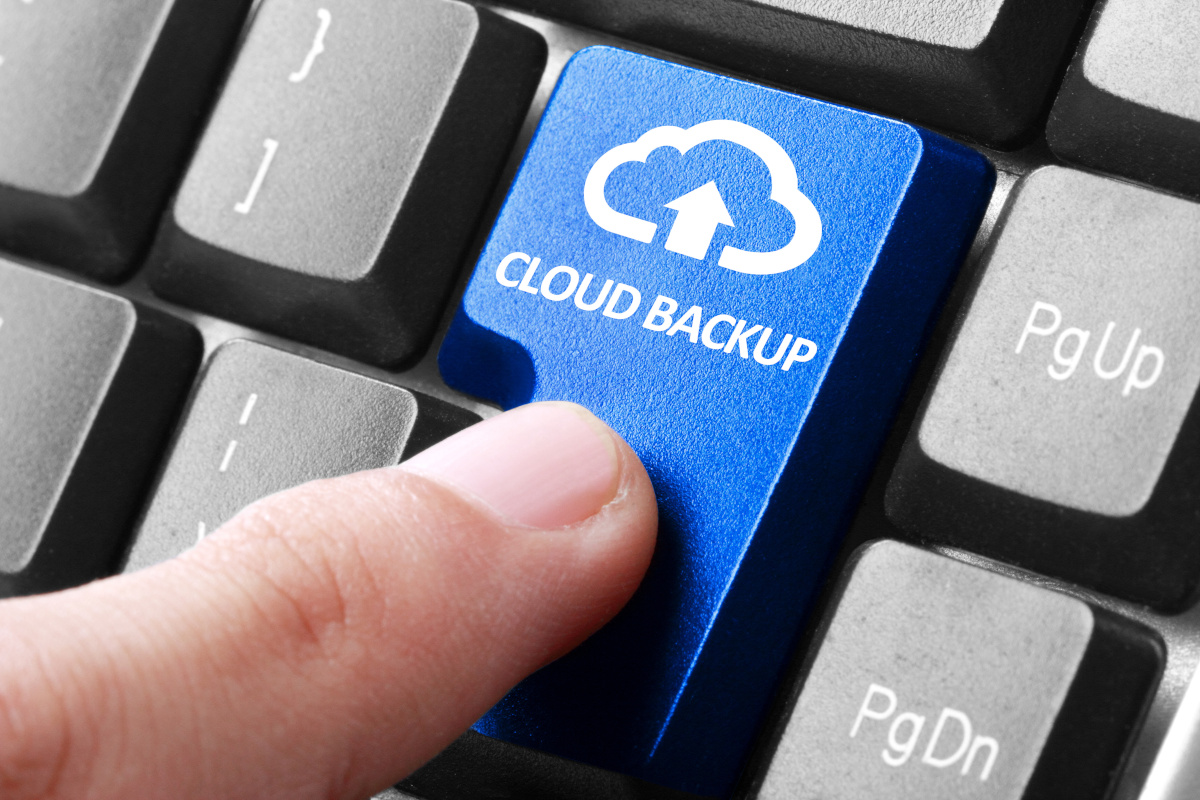How Backup-as-a-Service Streamlines Disaster Recovery
June 16th, 2023 by admin

Streamlining disaster recovery is an essential component of any business's IT strategy. A business can be better prepared to respond to disruptive events such as natural disasters, cyber-attacks, or system failures by ensuring that the right processes and procedures are in place. A comprehensive plan for streamlining disaster recovery should include steps like identifying critical systems and data, assessing risk levels, creating contingency plans, testing protocols regularly, implementing backup and monitoring solutions, training personnel on emergency response procedures, and updating policies as needed.
Successfully streamlining disaster recovery requires coordination between IT departments and other key stakeholders within the organization. Working together allows teams to create and maintain a successful strategy that will enable them to quickly respond when disruptions occur. This includes establishing roles and responsibilities for each stakeholder, developing strategies to minimize risk, creating a plan of action in an emergency, and regularly testing the procedures.
Identifying critical systems and data is one of the first steps to streamlining disaster recovery. This involves evaluating the business' IT infrastructure, assessing potential risks, defining processes for protecting data, and developing a backup strategy. It's important to develop a comprehensive inventory of all IT assets to identify any vulnerabilities or threats quickly. Once identified, organizations should prioritize their data protection strategy based on the value of the information they store.
When implementing a successful disaster recovery plan, businesses must establish protocols for different scenarios, such as cyber-attacks or natural disasters. These plans should include steps, including data backup, system shutdowns, communication plans, and emergency response procedures. It's also important to evaluate the risk levels associated with each contingency plan and create a strategy, enabling an organization to recover quickly while minimizing costs.
One of the most important components of streamlining disaster recovery is regularly testing the protocols. This allows organizations to identify any gaps in their strategies and make necessary changes before a disruption occurs. Businesses should also conduct regular training sessions for personnel on emergency response procedures and update policies as needed.
By following these steps, businesses can ensure they are better prepared to respond when disruptions occur. A comprehensive strategy for streamlining disaster recovery can provide peace of mind knowing that critical systems and data are secure and the organization is prepared to handle any unexpected events. With proper planning and preparation, businesses can minimize downtime and ensure they are ready to respond effectively when disruptions occur.
How Does Backup-as-a-Service Streamline Disaster Recovery?
Backup-as-a-Service (BaaS) is a cloud-based solution that allows businesses to back up their data and applications in the cloud. BaaS helps organizations store their data securely without needing to invest in hardware or software infrastructure. It also ensures that data can be quickly restored if disaster strikes.
One of the greatest benefits of using Backup-as-a-Service is improved disaster recovery capabilities. With traditional backup solutions, it can take days or even weeks to restore lost data after a disaster. With BaaS, however, this process can be completed much more quickly due to its automated processes, which makes it easier for IT departments to manage and respond promptly when faced with an emergency situation.
Another advantage of Backup-as-a-Service is that it can be scaled up or down depending on the organization's needs. This makes it easy to adjust backup capacity as necessary, which means organizations don't have to worry about over or under-provisioning their backups. Additionally, many BaaS solutions offer additional features such as automated snapshots and archiving capabilities, allowing businesses to retain previous versions of data for future use.
Finally, Backup-as-a-Service offers cost savings compared to traditional backup solutions. This is because organizations don't need to invest in expensive hardware infrastructure and software licenses. Instead, they only pay for the cloud storage space and services they require.
Overall, using Backup as a Service can help streamline disaster recovery by providing organizations with faster restoration times, scalability, and cost savings. This makes it an attractive option for businesses looking to protect their data and ensure continuity in the event of a disaster.
With its many advantages over traditional backup solutions, Backup-as-a-Service is becoming increasingly popular among businesses of all sizes. By investing in this cloud-based solution, organizations can rest assured that their data will remain safe and accessible even in the worst-case scenario. So if you're looking for an efficient way to back up your data and applications, consider using Backup-as-a-Service. It is the key to streamlining your disaster recovery plan.
If you want to learn more about how Backup as a service streamlines disaster recovery, contact us today.
Posted in: Solutions


